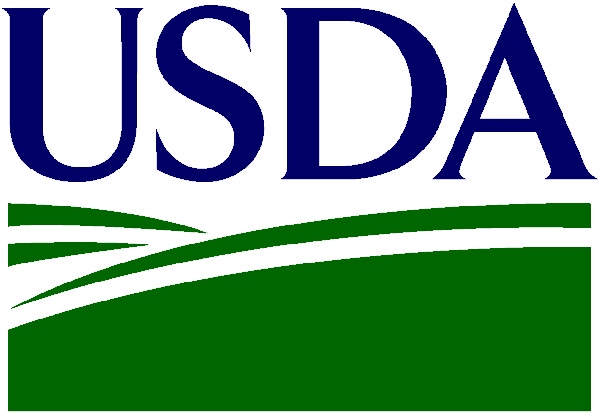November 25, 2011

The beef industry has battled an onslaught of negative news over the past year, including the lingering effects of the recession, the proposed GIPSA rule on livestock and poultry marketing, efforts to regulate farm dust, and catastrophic drought in Texas and surrounding states. So it's great to end the year with good news.
The biggest story is that USDA has come to its senses about the GIPSA rule, which threatened to disrupt years of marketing efforts by the beef industry. In early November, USDA sent a much watered-down final rule to the Office of Management and Budget (OMB). The rule contains only provisions relating to poultry, as required by the 2008 Farm Bill, plus a section on swine and poultry sample contracts.
USDA is no longer pursuing several provisions contained in the June 22, 2010, proposed rule, including the section on packer-to-packer sales and packer buyers and the records retention section. This means the final rule will contain no provisions relating to livestock marketing practices, apart from the section on swine sample contracts.
This is a victory for common sense and for opponents of the rule. However, USDA says some provisions of the proposed rule remain under consideration. So the industry will not breathe easy until USDA makes a final determination about these provisions, notably those relating to competitive injury and “fairness” in marketing, observers say.
USDA significantly modified sections of the proposed rule into a final rule and an interim rule. Moreover, it says the two rules combined have a cost of less than $100 million. Significantly, USDA says decisions about what to include in the final and interim rules and how to modify the contents have been guided by the comments received and by the updated cost-benefit analysis.
This suggests that USDA’s own comprehensive analysis, absent from the proposed rule, calculated a cost far in excess of $100 million. A study conducted by Informa Economics for the National Meat Association put the cost of the proposed rule at $1.643 billion. I’m told that USDA’s Office of the Chief Economist used the Informa study as a basis for its own analysis.
A couple of weeks earlier, the Environmental Protection Agency said it was abandoning its proposal to tighten the standard regarding coarse particulate matter (dust). The proposed standard bordered on the absurd, as it would have put most national parks in the U.S. out of compliance, apart from causing chaos for most farming operations. Chalk up another win for intensive industry lobbying and common sense.
The industry’s other big news is that Japan began talking again about lifting its age limit of under 21 months on U.S. beef imports. If and when this occurs, it will be worth much more to the industry than the South Korea-U.S. free trade agreement (FTA). The FTA is positive, but the benefits might be modest for some years. Should Japan lift its age limit to under 30 months of age and accept dentition as a form of age verification, the U.S. could theoretically send twice as much beef to Japan.
Japan was the top U.S. beef-export market by far before the BSE ban in late 2003. It took 376,000 mt of beef and variety meats worth $1.394 billion that year. The age limit and limited number of fed cattle with age verification have bedeviled efforts since 2006 to regain anywhere near that volume. Exports increased 36% in 2010 from 2009 in volume, but were still only a third of the 2003 volume.
Lifting the age limit has the potential to add up to $1 billion to the 2010 values, based on 2001’s record exports, says the U.S. Meat Export Federation. They have built in added Japanese exports to their forecast that beef exports in 2012 will be 6% larger than this year. That’s a prospect that USMEF hopes will encourage producers to expand their herds.
Steve Kay is editor/publisher of Cattle Buyers Weekly. See his weekly cattle market roundup each Friday afternoon at beefmagazine.com.
About the Author(s)
You May Also Like





